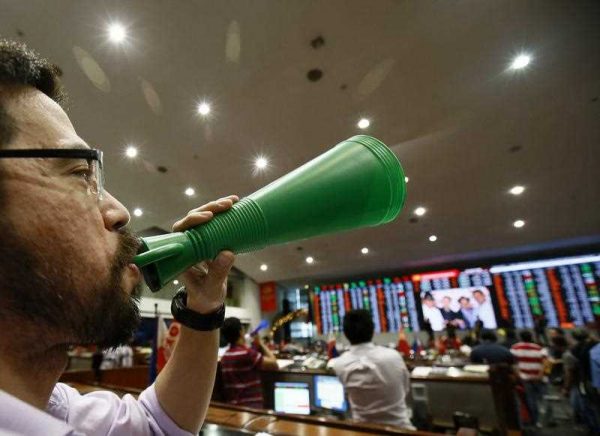Part of the reason for this was that legal challenges slowed down some spending programs — including a ruling by the Supreme Court that the accelerated spending violated the constitution. Rehabilitation and reconstruction after Typhoon Yolanda was slow because it took time to determine safety zones that would avoid storm surges and flooding along coastal and lowland areas. And in the high-lying areas, there were issues of ownership and the danger of landslides that had to be considered. In addition, the agricultural sector was greatly affected by a strong typhoon.
The growth of private construction for different real estate projects, the continued expansion of the business processing outsourcing (BPO) sector, the steady inflow of remittances, the surge of portfolio investments due to the credit upgrade and increasing investments in Export Processing Zones made up for the deficiency in government expenditure. But FDI levels remain below what has been witnessed elsewhere in the ASEAN region.
The trade deficit is currently adequately covered by service remittances and net investment inflows, resulting in a positive current account balance. Lower oil prices will also help reduce the trade deficit.
In 2015 trade will be the main element of the Philippines’ economic integration with ASEAN. The Philippines is on track to ensure that 87 per cent of its traded goods are compliant with the ASEAN Free Trade Area, as well as other trade agreements. But the necessary legislation to effect movement of services and people is still lagging behind.
The coming year will likely see higher GDP growth — probably at least 6.5 per cent, and between 7 per cent and 8 per cent according to government projections. The public-private partnership projects that have stalled will begin to be implemented, so both government outlays and private construction will increase substantially.
On the other hand, the Central Bank — which sped up the implementation of Basel III standards to 1 January 2014 — also recently issued a cautionary regulation on bank financing of real estate developments, which could slow projects down. This could affect the chain of industries and services directly associated with real property development. Additional capital requirements for the liquidity buffer and for the significant banks in the system will start to be implemented on a staggered basis. Insurance companies will also be required to raise capital. A rapid increase in capital requirements in a low interest rate environment and volatile interest movement will bring down the return on equity.
Another potential dampener on growth is the lack of electric power reserves during the dry season. Since hydroelectric dams cannot operate during the dry season, there could be interruptions of electricity during peak daytime demand.
But the BPO industry will continue to expand and foreign investment in special economic zones, which include tourism and medical services. It will remain attractive because of the availability of English-speaking workers and managers, and because of the good governance of such zones. Infrastructure investments by the government in roads, ports and airports will enhance the competitiveness of industries that rely on them.
Continuing discussions in Congress about rationalising tax incentives, competition policy, additional taxes on mining and changes in tax rulings have added to the policy uncertainty. But at least some of these matters could be resolved during 2015 since the following year will see a general election and Congress will adjourn early. The legislative agenda contained resolutions favouring the relaxation of constitutional restrictions on foreign ownership. A law was passed recently allowing foreign banks to own 100 per cent of domestic banks and establish their own branches.
Stock and bond exchanges will be unified early in 2015. Over the term of the Aquino administration, domestic savings have been in excess of investment by about 5 per cent of GDP. There is latitude for both equity capital raising and long term bond issuance by banks, insurance companies, and those involved in infrastructure and other projects — even if the government’s borrowing program relies more on domestic resources.
Turning to domestic politics, there has been a great effort by the government to enact the Bangsamoro law, which would replace the current law on the Autonomous Region for Muslim Mindanao. Before this proposed legislation can take effect, a plebiscite in the region will be conducted. There are likely to be constitutional challenges to the Bangsamoro Basic Law which will make the transition period longer. Hopefully this negotiated legislation will bring peace and political and economic development in Mindanao.
But all in all, economic prospects for the Philippines as a whole in 2015 look relatively good, with growth likely to exceed the pace of 2014.
Cesar Virata is Principal of C. Virata & Associates and is a former Prime Minister of the Philippines.
This article is part of an EAF special feature series on 2014 in review and the year ahead.

